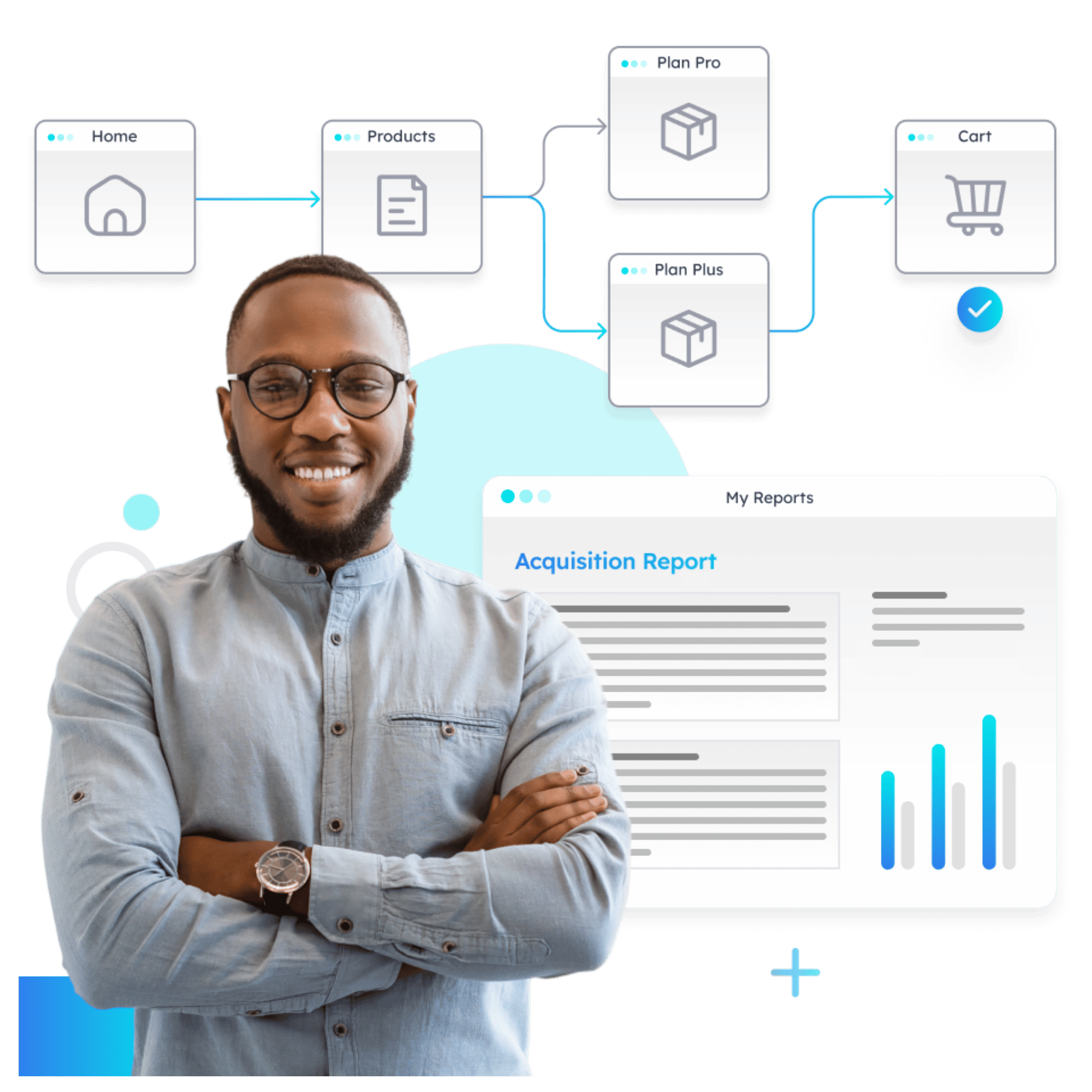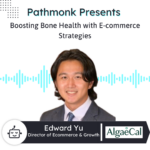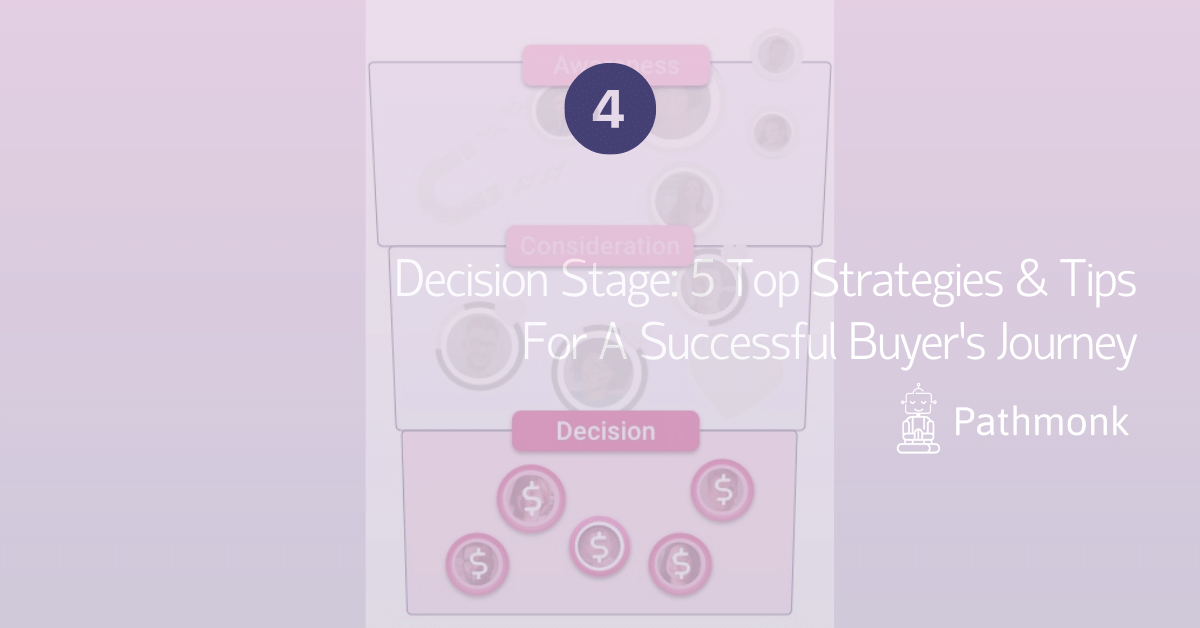
With the decision stage, we have reached the last stage of the buyer’s journey and possibly the most valuable stage for your business we must engage further to optimize the user experience. When a buyer is closer to finalizing their choice in the decision stage it is an opportunity for you to encompass and disclose all benefits with the right content.
Content that best supports this stage includes product comparisons, case studies, and customer reviews. Content that proves that the product or service does exactly what it promises is key to the buyer during the decision stage. Call-to-actions at this stage are aimed to enable further relationship building such as a live demo or a free trial.
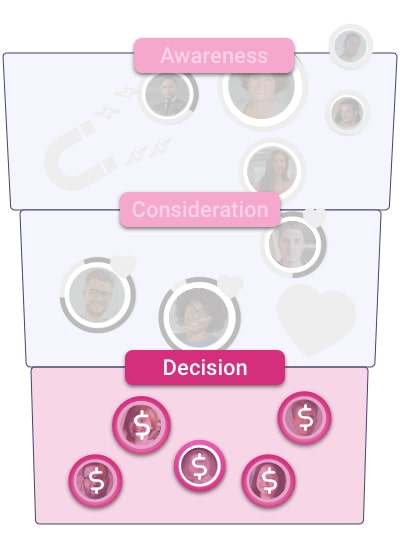
Why is the Decision Stage Important?
In the Decision stage, buyers have already decided on a solution category. They have a profound understanding of specific offerings and they are determined to define the one that best meets their needs. Buyers spend significant time researching the website and documentation in order to gain confidence in their decision stage.
Your Customers' Problems are your Problems
In order to provide the best service, you should step into your customer’s shoes, understand the source of the problem or pain point and think about how your product or service will solve the problem or improve it. If your customer succeeds, you will.
Generate better leads to grow your sales
Discover new strategies to unlocking a flood of high-quality leads from your website.
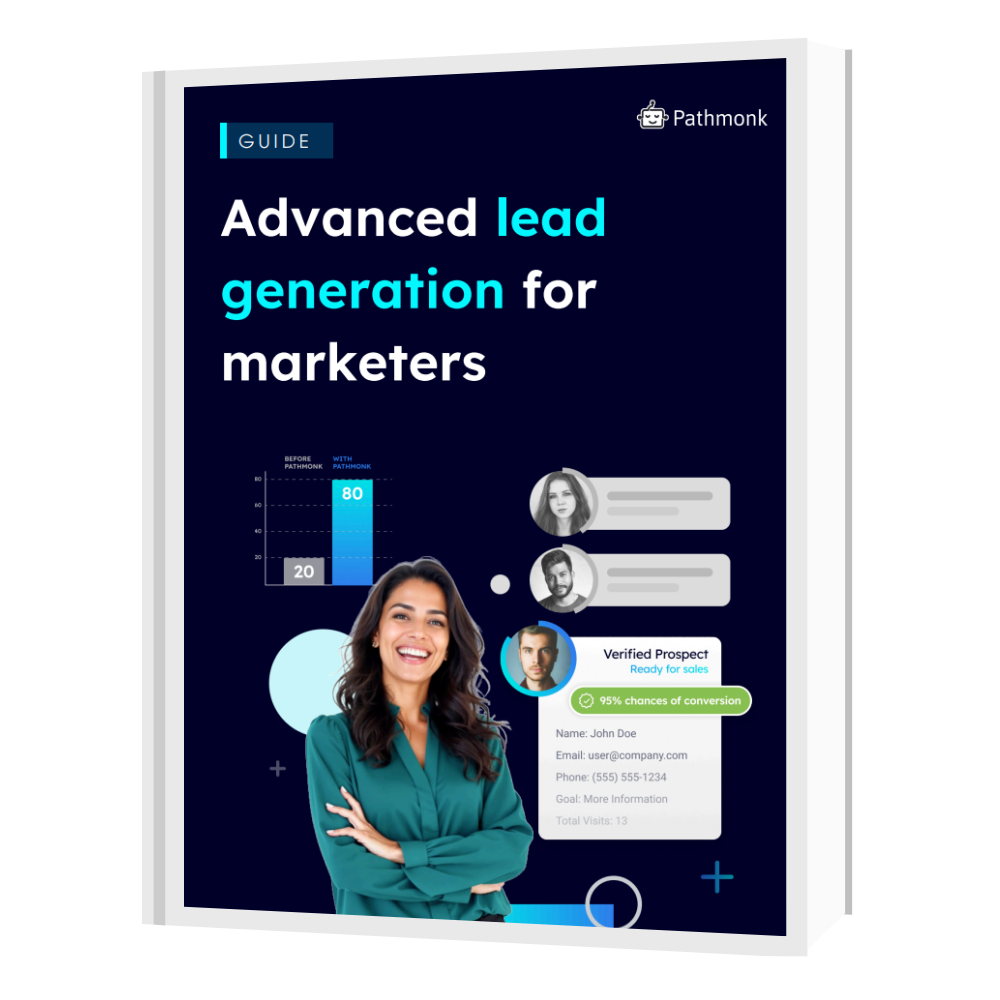
Tips To Improve The Decision Stage:
It’s Time to Convert Your Visitor
We should be looking scrupulously at the users that almost became our clients – the ones that nearly signed up. They are truly your potential customers as they went through all the steps of the prior stage. It may just depend on sending an email, making a call, or scheduling a meeting to conclude the sale – but for that to occur they need to sign up.
Clearly communicate the benefits they receive by signing up on your website. In order to be interested and excited about your offering, the value must be distinct and understandable. Therefore, avoid the default generic phrases in your call-to-actions that are uninspiring and repetitive.
For example, it is much easier to understand the value of
- Read for free
- Create a meal plan
Versus the generic and all-to-common:
- Get started
- Try now
You need to provide an incentive in the decision stage. After you have collected their contact information there are various channels to start the communication; email, phone, or, these days, Zoom calls.
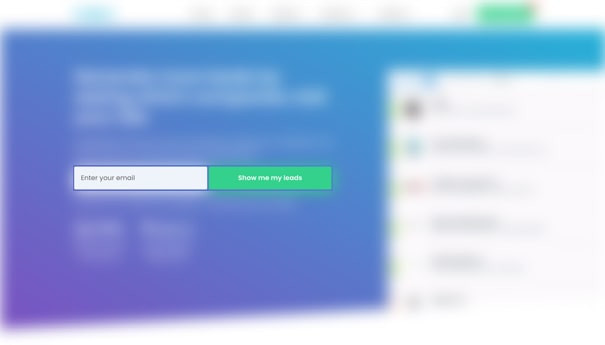
'Free trial' is an Enticing Incentive
When a customer is deciding if your product is the suitable solution to their problems, interacting with the software or service is a common action. Imagine the situation :
- Premium trial
- Free 7-day trial
- Tour of the application
It is usually inexpensive to offer free examples to your customers, for example, LinkedIn Premium:
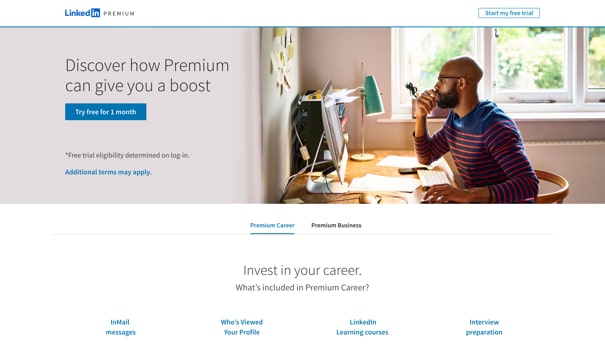
Offer Personalized Demos & Discounts
Imagine buying a car without having a test drive. Personal evaluation is important, getting in touch and experiencing the product is essential to making the decision.
Collect key buyer information from potential customers: interests, company information, and different channels of communication. Ultimately, it becomes easier to schedule meetings with them, as long as you own the specified data.
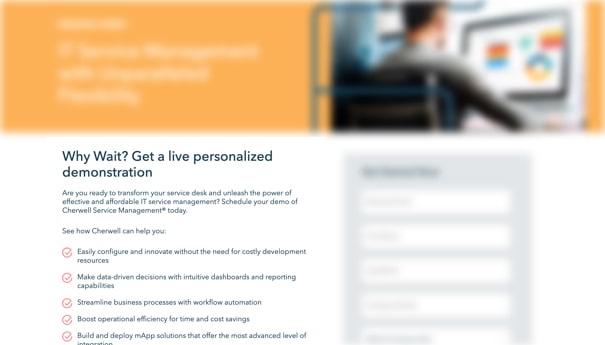
It’s time to Fully Promote Your Product
In the decision stage, the potential customer has a clear idea about what your product is and how it can reach their objectives. Here are some techniques: The use case of a client purchasing a new laptop and a self-explained interface. A suitable example of displaying the expected information is MacBook Air:
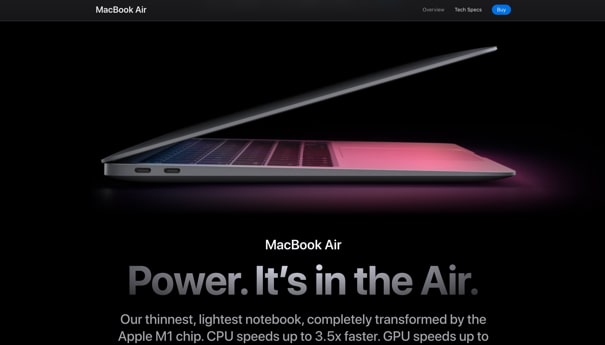
Provide Competitor Comparison Content, Highlighting the Additional Value
One of the principal benefits of internet buying is easy access to competitors. Simple interfaces about what features your product has versus the competitors is a piece of critical information that greatly influences the customer’s decision.
As we can see in this comparison table, Asana showcased an extra feature against one of its main competitors.
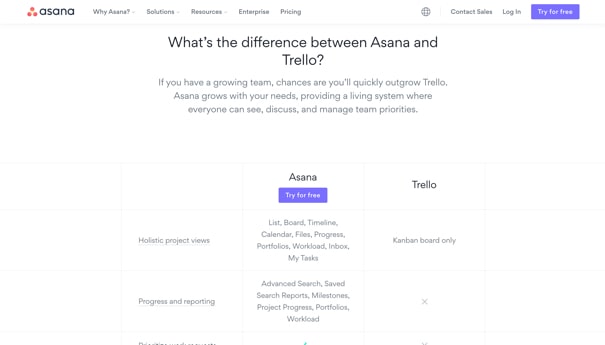
Things to Avoid
- Generic call-to-actions
- Long-forms to complete
- Communication issues about what they can expect
- Too long demo times
- Forcing the client to use limited options. Different bundles are more attractive
How Does Pathmonk Help You?
Pathmonk analyses all actions of the website visitors and delivers personalized micro-moments that convert more visitors into leads.
By using Pathmonk you get access to dynamic & automatically customized Buying Journeys for each individual visitor on your website. A key component to delivering a winning experience is to show the appropriate CTA for each stage of the journey.
Capture and qualify more leads, demos, calls, etc. Capture visitors on every page, that are always ready at the right time. Know the lead score, buying probability, and expected deal value in order to fast-track the hot leads.
Check out part 2 of this series, where we discuss the “Awareness Stage” and how to improve your website when your visitors abandon you too early.
Check out part 3 of the series, where we share lessons learned about the “Consideration stage” and hands-on insights about which content supports visitors in this stage.
Understand your customer journey analytics
See how your users behave, find drop-offs, and receive actionable insights with AI.
